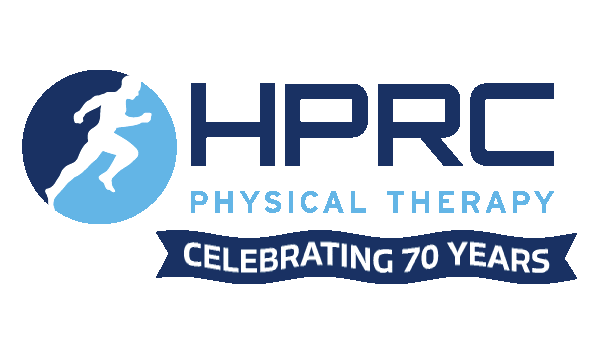Do you wake up at night finding yourself having to shake out your hand because it falls asleep? Do your fingers go numb while you are typing at work? If you answer yes to either or both of these questions, you may have Carpal Tunnel Syndrome.
What is it?
Carpal Tunnel Syndrome is a condition in which the median nerve is compressed as it passes through an opening from the wrist to the hand called the carpal tunnel. It is formed by the carpal bones on the bottom of the wrist and a ligament structure on top (transverse carpal ligament) that runs across the wrist. The Median nerve, is just below this ligament, and provides sensory and motor functions to the thumb, index finger, middle finger and ½ of the ring finger.
Carpal Tunnel Syndrome is a repetitive use injury/Cumulative Trauma Disorder and can begin with numbness and tingling that comes and goes in above specific fingers; however, it can become constant, causing an increase in discomfort in the hand and even forearm. This can be caused from poor positioning while sleeping allowing wrist(s) to stay bent for long periods, using tools that vibrate for long periods of time, poor ergonomics while sitting and typing or even while standing at a work bench with repetitive use of hand(s). Other symptoms include weakness with gripping objects, dropping items with affected hand, swollen feeling in fingers, and/or awakening at night due to discomfort in thumb, index and middle fingers.
If you have these symptoms, It’s important for you to seek medical attention quickly as compression on the nerve will continue and can eventually lead to nerve damage.
How to treat it
Treatment will be based on your age, past medical history and the extent of the syndrome. To begin relieving compression on the nerve at the wrist and prevent wrist motion, wrist splints are beneficial to wear during the time the symptoms are more prevalent. Other treatments can include anti-inflammatory medication, phonophoresis/iontophoresis, median nerve glides, ASTYM (Augmented soft tissue mobilization), changing positions of work station (ergonomics), or surgery to relieve the compression of the nerve in the carpal tunnel.
If your symptoms are not improving with conservative treatment above, a nerve study (EMG) can be ordered to determine the location of the compression and its severity. As a result, this will allow the surgeon to determine if surgical intervention is warranted or to continue with conservative treatment to alleviate the symptoms.
If you have surgery, what to expect:
Surgery is a scary thought and there are risks involved; however, this surgery is performed using a scope and a small incision and recovery is time is minimized as long as you follow instructions via the doctor and your therapist. If you are non-compliant, the recovery can be long and make you question why you had surgery.
In general, the surgery for CTS is performed under local or regional anesthesia and is an outpatient procedure allowing you to go home the same day after surgery. For endoscopic approach, there is a small incision made at your wrist area, and the tissue that is pressing on the nerve will be cut to decrease the pressure. After the surgery, a bulky dressing will be used to immobilize your wrist, but your fingers are free allowing you to move them immediately after surgery.
You will follow up in therapy 3-5 days after surgery. The bulky dressing will be removed, incision cleaned and your home exercise program will be initiated. A smaller dressing will be reapplied after therapy for ease of daily dressing changes at home. Approximately 10-12 days from surgery, stitches will be removed either by doctor or therapist and will continue to progress your movement and activities, as tolerated. The length of recovery can vary with each person especially if the nerve has been compressed for a long time, return of your sensation may take longer. Typically, four weeks from surgery, strengthening activities will begin under the supervision of a therapist to ensure you are progressing well without pain or discomfort. Weekly progression of resistance’s/weight limits are issued via your therapist and this methodical succession will return you to your prior level of function pre-Carpal Tunnel symptoms. Full recovery of the nerve is said to be approximately 18 months, but most people’s sensation returns well before that time frame.



